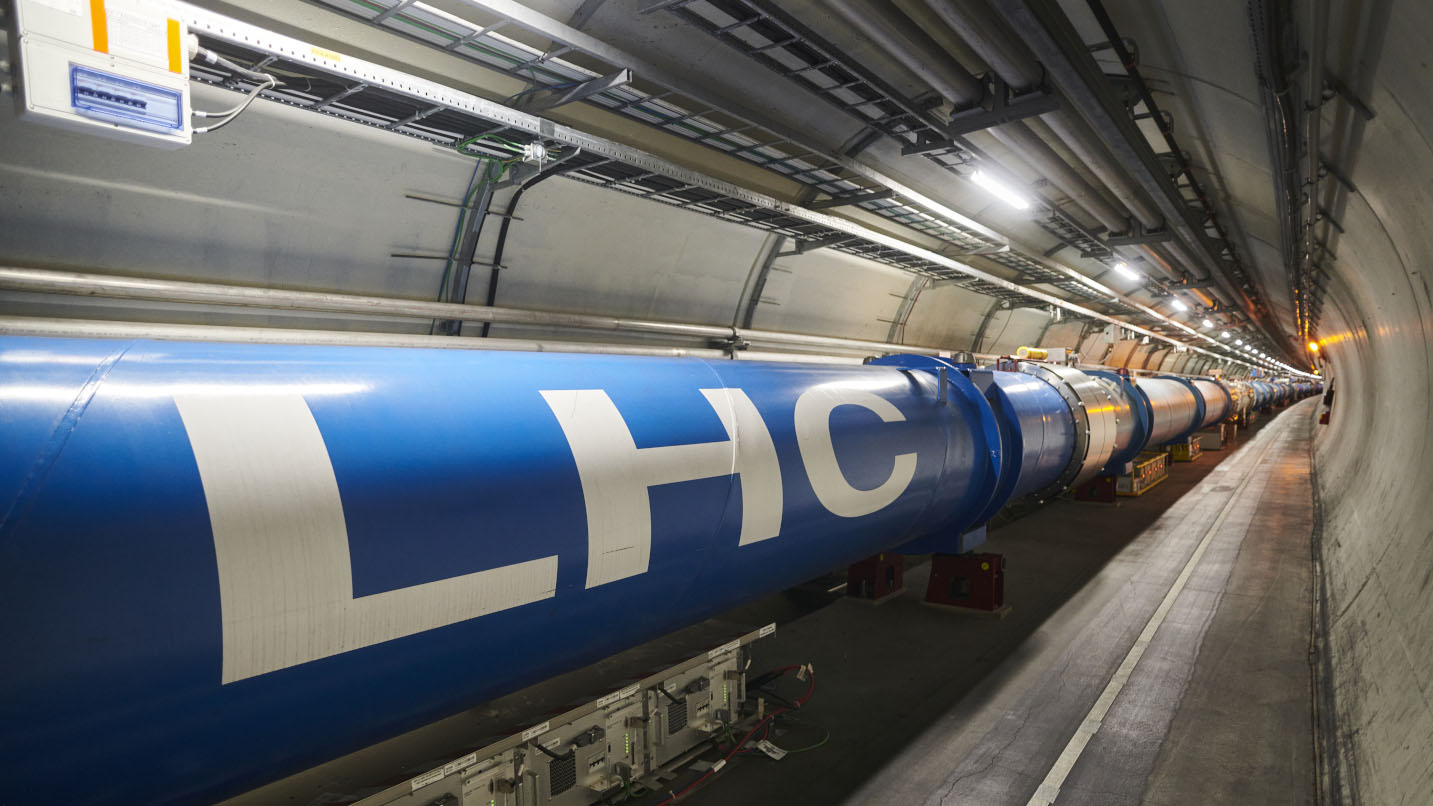CERN will launch its first satellite this week on new European rideshare rocket
CELESTA extends the work being done by the Large Hadron Collider into space.

A tiny satellite aims to extend radiation studies conducted by CERN into space.
The cubesat-sized CELESTA (CERN Latchup Experiment STudent sAtellite) is scheduled to launch on Wednesday (July 13) aboard a new European rideshare rocket, called Vega-C. Blastoff is expected at 7:13 a.m. EDT (1213 GMT or 8:13 a.m. local time at the launch site in French Guiana), according to the European Space Agency.
Perched above four stacked stages on the booster, the satellite will fly to the center of the inner Van Allen radiation belt, which is a zone of magnetically trapped particles circling above our planet.
In this region of high-energy particles, CELESTA seeks to measure radiation's effects on electronics in a cost-effective way, the project website stated.
For CERN (the European Council for Nuclear Research), the project will extend its existing radiation and fundamental physics work into space shortly after the Large Hadron Collider restarted in April, following a three-year hiatus for upgrades.
The link between LHC and CELESTA is tight, as the satellite will launch a radiation detector already tested in the extreme environment of the particle accelerator.
Breaking space news, the latest updates on rocket launches, skywatching events and more!
The technology is called RadMon, which monitors radiation levels in LHC, CERN officials stated in a November 2018 press release discussing the satellite's testing.
"By using RadMon sensors to measure radiation levels in low-Earth orbit, CELESTA will test if RadMon could be used in space missions that are sensitive to radiation, ranging from telecom satellites to navigation and Earth-observation systems," the press release added.
Vega-C, a successor to Vega, includes a new "small spacecraft mission service," which — absent a larger satellite on the rocket — could fit about a dozen small satellites at once within a fairing, ESA said in 2019.
The agency has said the rocket may be eventually used alongside a reusable spacecraft, Space Rider, that could fly payloads to space and glide them on to a runway using a robotic space-shuttle type vehicle.
This first Vega-C launch will have as its principal payload an Italian space agency (ASI) experiment called Laser Relativity Satellite 2 (LARES-2). The satellite will seek to confirm aspects of Einstein's general relativity in spaceflight, ASI stated.
Riding to space alongside LARES-2 will be CELESTA and five other cubesats, with the smaller satellites all built by European universities and research establishments, ESA officials said.
Follow Elizabeth Howell on Twitter @howellspace. Follow us on Twitter @Spacedotcom and on Facebook.

Elizabeth Howell (she/her), Ph.D., was a staff writer in the spaceflight channel between 2022 and 2024 specializing in Canadian space news. She was contributing writer for Space.com for 10 years from 2012 to 2024. Elizabeth's reporting includes multiple exclusives with the White House, leading world coverage about a lost-and-found space tomato on the International Space Station, witnessing five human spaceflight launches on two continents, flying parabolic, working inside a spacesuit, and participating in a simulated Mars mission. Her latest book, "Why Am I Taller?" (ECW Press, 2022) is co-written with astronaut Dave Williams.

